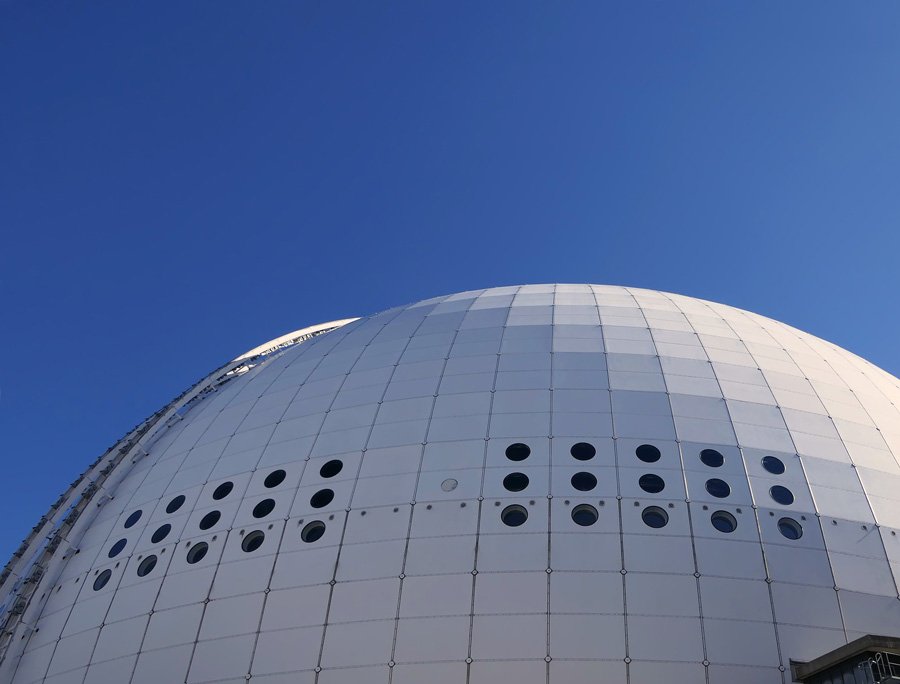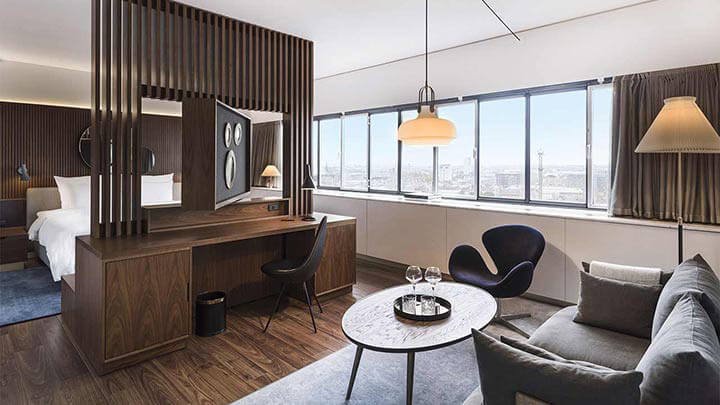The 1990s was a decade of transition, as people were moving away from the excessive design of the 1980s and into a more understated approach. The design style of this decade was known as Neo-modernism or Mixed Style, which blended various styles from the past with modern elements.
Exterior Design:
The exterior design of homes in the 1990s was characterized by a mix of traditional and modern elements. Some of the popular features include
Facade: Wooden panels inspired by the 1890s were a popular choice for the exterior of homes.
Roof: Traditional pantiles or metal roofing was commonly used.
Windows: Wooden windows with artificial sash bars on the glass were popular. Ornate bargeboards were also commonly used.
Outside door: Weatherproof uPVC doors were a popular choice for the front door.
Typical period details: Prominent corner boards, panel joints covered by moldings, frontispieces, and gables with decorative woodwork were common.
1990s Exterior, picture from Nordr.com
Interior Design:
The interior design of homes in the 1990s was characterized by a mix of traditional and modern elements. Some of the popular features include
Floors: Engineered parquet flooring of pine, birch, or redwoods such as cherry or stained oak was a popular choice.
Interior doors: Form-pressed doors with rail frames and flush doors with rounded windows were commonly used.
Door handles: Antique-style brass with porcelain handles was a popular choice.
Fireplaces: Glass-fronted stoves on glass floor plates were commonly used.
Wallpaper: Sponge-painted walls, wallpapers with brushstroke patterns, and wallpaper edging with fruit motifs were popular. The popular colors were ultramarine, English red, yellow ocher, terra-cotta, and Tricia Guild designs.
Furniture: Tubular steel with stretched leather seats, glass display cases and cabinets with small drawers, units for stereo and home electronics such as VHS and CD players, beanbags, table lamps with patterned or pleated fabric shades, accessories such as gilded sun mirrors and wrought-iron candlesticks, and dried and everlasting flowers were popular.
Bathroom: Decorative tiles and colored waterproof linings were commonly used. Toward the end of the decade, tiled feature walls in nonmatching colors became popular.
Kitchen: Oak cupboard doors, colored tiles, tiled mosaic, or an edging of colored tiles were popular. Stainless steel appliances gained ground, built-in ovens became popular, and induction stovetops were introduced.
Conclusion:
The design style of the 1990s was a mix of traditional and modern elements, creating a unique and eclectic style. From the exterior wooden panels to the interior furniture, the decade was defined by its blend of styles from the past with modern elements. While the 1990s may be over, the design elements of this decade continue to inspire designers and homeowners alike.











